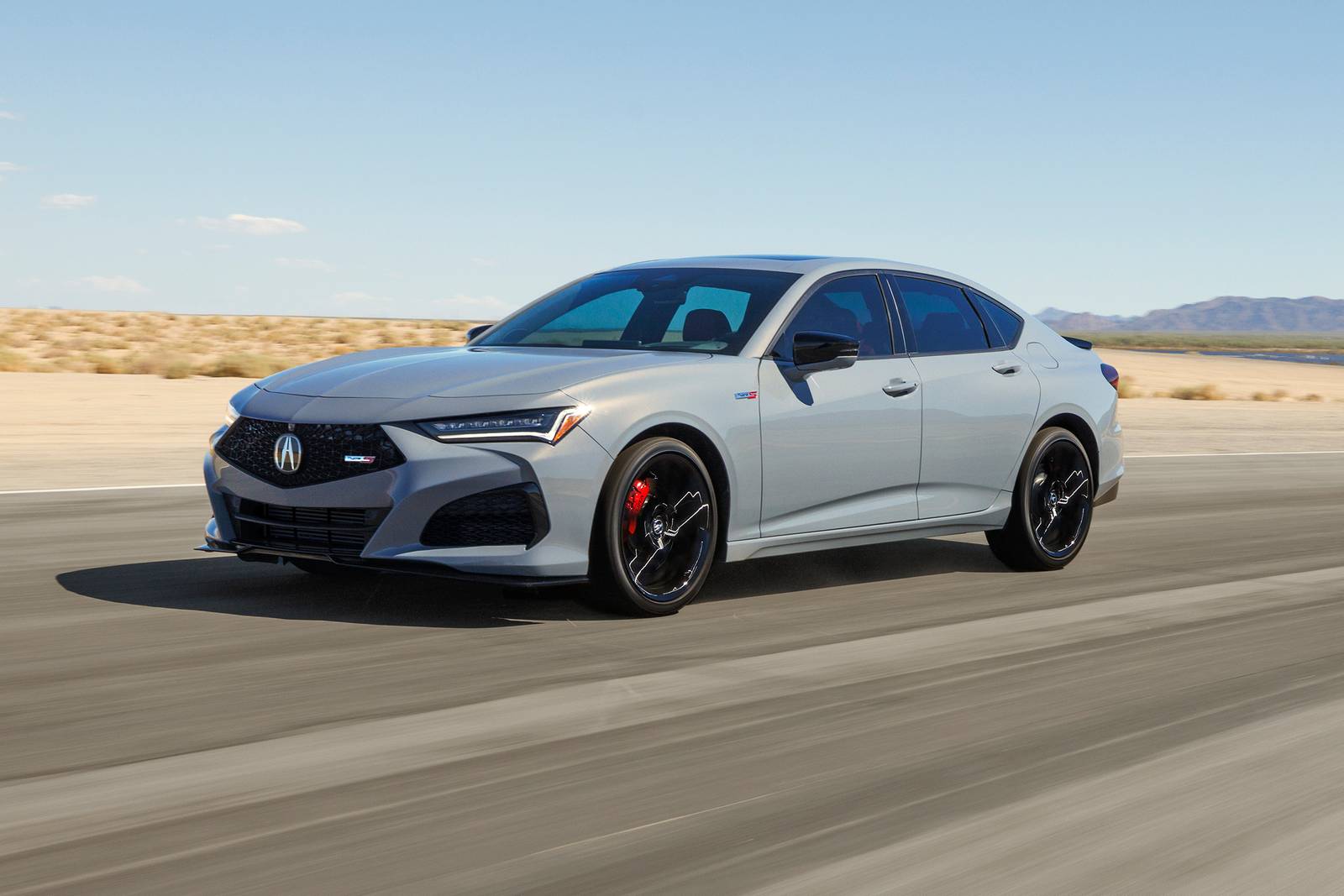
As the weather warms and motorcycle season kicks off, it’s crucial for every rider to gear up with the right safety equipment before hitting the open road. Whether you’re a seasoned veteran or just starting out, prioritizing your safety is essential. In this article, we’ll explore the must-have gear that no motorcyclist should ever ride without, ensuring a safer journey.

1. **Helmet**: The most critical piece of safety equipment is undoubtedly the helmet. It provides crucial protection for your head and can significantly reduce the risk of serious injuries, including traumatic brain injuries. When selecting a helmet, ensure it fits snugly and meets safety standards such as Snell or DOT approval. Always wear it, even if local laws don’t mandate it, because your safety is paramount.

2. **Riding Jacket**: Protecting your upper body is vital for your safety on the road. A high-quality riding jacket, preferably made from durable leather or textile materials, serves as a shield for your arms, chest, and back against severe road rash in case of an accident. Make sure to choose jackets that come equipped with armor in critical areas to enhance your protection.

3. **Riding Pants**: Just as you safeguard your upper body, it’s equally important to protect your legs. Quality riding pants, especially those designed specifically for safety, can offer essential protection against abrasions from asphalt in the event of a fall. They are typically made from tough, durable materials that resist the elements while ensuring both comfort and safety on your rides.

4. **Gloves**: Don’t underestimate the importance of gloves. They protect your hands from abrasions and potential injuries during falls. Look for gloves with reinforced palms and knuckles for added safety. Furthermore, they enhance your grip on the handlebars, which is vital for control and comfort while riding.

5. **Boots**: Proper footwear is crucial when riding. Boots that cover your ankles provide support and protection in the event of an accident. They should be durable and made from materials that can withstand wear and impact. Look for boots designed specifically for riding, which offer both comfort and safety.

6. **Reflective Gear**: Visibility is often a major concern for motorcyclists. Wearing reflective gear can significantly increase your visibility to other drivers, especially during low-light conditions. Consider vests, jackets, or other accessories that have reflective accents to help you stand out on the road.

4. **Rain Gear**: Weather can be unpredictable, and getting caught in the rain without proper gear can lead to discomfort and danger. It’s wise to invest in high-quality rain gear that fits comfortably over your riding attire, allowing you to stay dry while maintaining grip and control of your bike during wet conditions.

8. **Protective Eyewear**: Protecting your eyes is also paramount. Whether you choose to wear a full-face helmet with a visor or goggles, ensure they provide adequate protection against wind, debris, and UV rays. Good visibility can prevent accidents and enhance your riding experience.

9. **Ear Protection**: Wind noise at high speeds can damage your hearing over time. Consider using earplugs designed for motorcyclists that can help reduce noise levels without blocking out essential sounds from your environment, such as sirens or honking horns.

10. **First Aid Kit**: Though we all hope for safe rides, accidents can happen. Having a well-stocked first aid kit on your motorcycle can be a lifesaver in emergencies, allowing you to provide immediate care until professional help arrives. Look for kits that include bandages, antiseptic wipes, and other essential supplies.
The thrill of riding a motorcycle comes with inherent risks, but having the right gear can make all the difference. Equip yourself wisely and ride safely, ensuring that you enjoy every moment on the road. Remember, safety gear isn’t just an accessory; it’s a necessity.
Now that we’ve covered the key pieces of gear you need to have, let’s move on to essential packing tips for a successful ride. Stay tuned for more insights!

5. **Luggage System**: A sturdy luggage system is crucial for any motorcyclist planning a journey. It allows you to securely transport personal items, tools, and additional gear. Depending on your needs, you can choose between hard cases or soft saddlebags. Always ensure that your luggage is waterproof and attaches securely to your bike to prevent any mishaps while riding.

12. **Tool Kit**: No rider should venture out without a basic tool kit. You never know when you might encounter a minor issue that requires prompt attention. A comprehensive tool kit typically includes wrenches, pliers, screwdrivers, and tire repair kits. Being prepared can save you from being stranded and ensure you can get back on the road quickly.

6. **Emergency Contact Information**: Carrying a card with your emergency contact details is a smart precaution. Include critical information such as your medical conditions, allergies, and emergency contact numbers. This information can be vital in the event of an accident, helping medical personnel provide you with the appropriate care promptly.

7. **Portable Phone Charger**: In our tech-driven world, a portable phone charger is an essential item for every rider. It’s indispensable for navigation, staying in touch, and even entertainment during breaks. Keeping your phone charged not only ensures connectivity but can also be life-saving during emergencies.

15. **Water Bottle**: Staying hydrated is essential, especially on long rides. A reusable water bottle is an eco-friendly solution to ensure you maintain your hydration levels. Look for bottles that fit snugly in your bike’s cup holder or easily in your luggage.

16. **Sunscreen**: Protecting your skin from harmful UV rays is often overlooked by riders. A good sunscreen can prevent sunburn, which is especially important on long rides where you’re exposed to the sun for extended periods. Opt for a waterproof and sweat-resistant formula to ensure maximum protection.

17. **Personal Identification**: Always carry your personal identification and motorcycle license. Having your ID on hand is essential during stops or in case of an emergency. You can choose to keep it in a secure place on your bike or in your riding gear.

8. **Snack Pack**: Long rides can be exhausting, so having a snack pack readily available can help to maintain your energy levels. Include nutritious options like nuts, energy bars, or dried fruits that are easy to stash and consume on the road. Keeping your energy steady will ensure you remain alert and focused while riding.

9. **Maps or GPS**: While many riders rely on smartphones for navigation, having a physical map or a dedicated GPS can be immensely beneficial in areas where cell service is spotty. It acts as a reliable backup plan should your technology fail. Familiarizing yourself with your route beforehand can significantly enhance your riding experience.

10. Taking the time to pack these essential items not only enhances your journey but also prepares you for the unexpected. Riding a motorcycle should evoke feelings of thrill and freedom, and being well-prepared allows you to concentrate on the thrilling journey ahead. Remember, every ride holds the promise of adventure—make sure you’re ready to embrace each moment!
Related posts:
5 Things NOT to Do on a Motorcycle
What Safety Gear is Required for Motorcyclists in Oklahoma?
Want to buy a motorcycle but never ridden one before. Any advice for a new rider?





